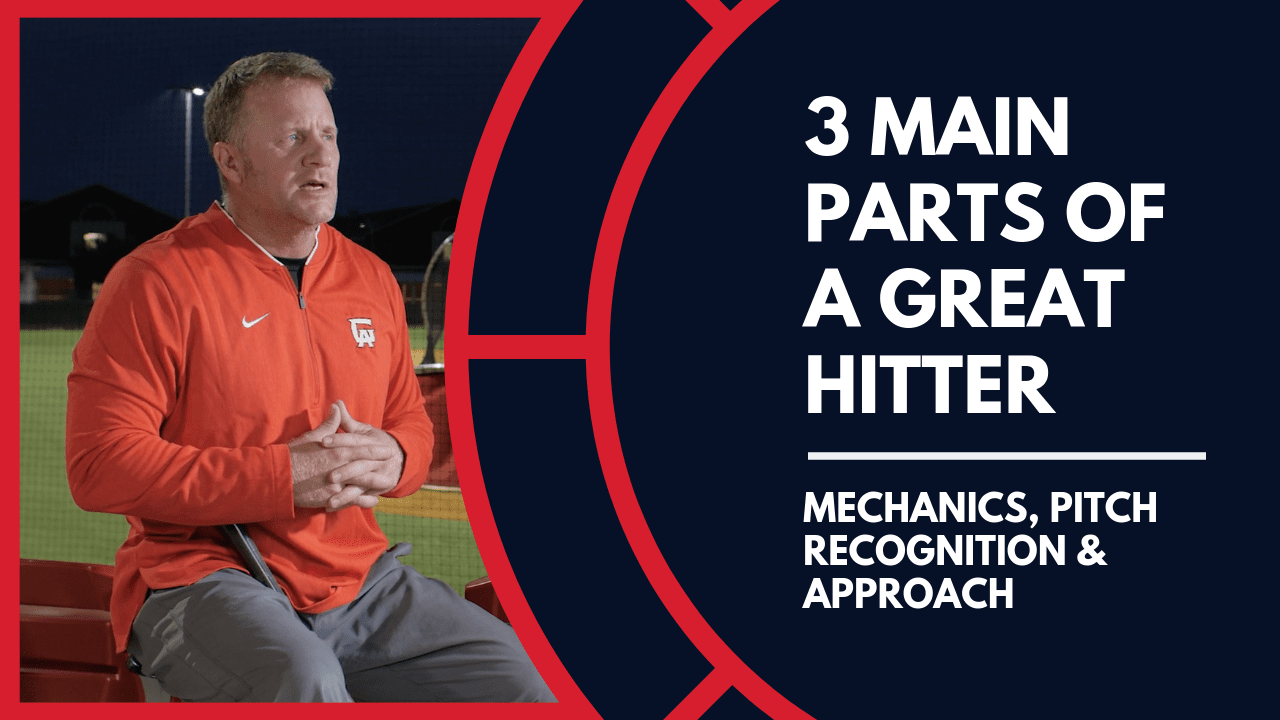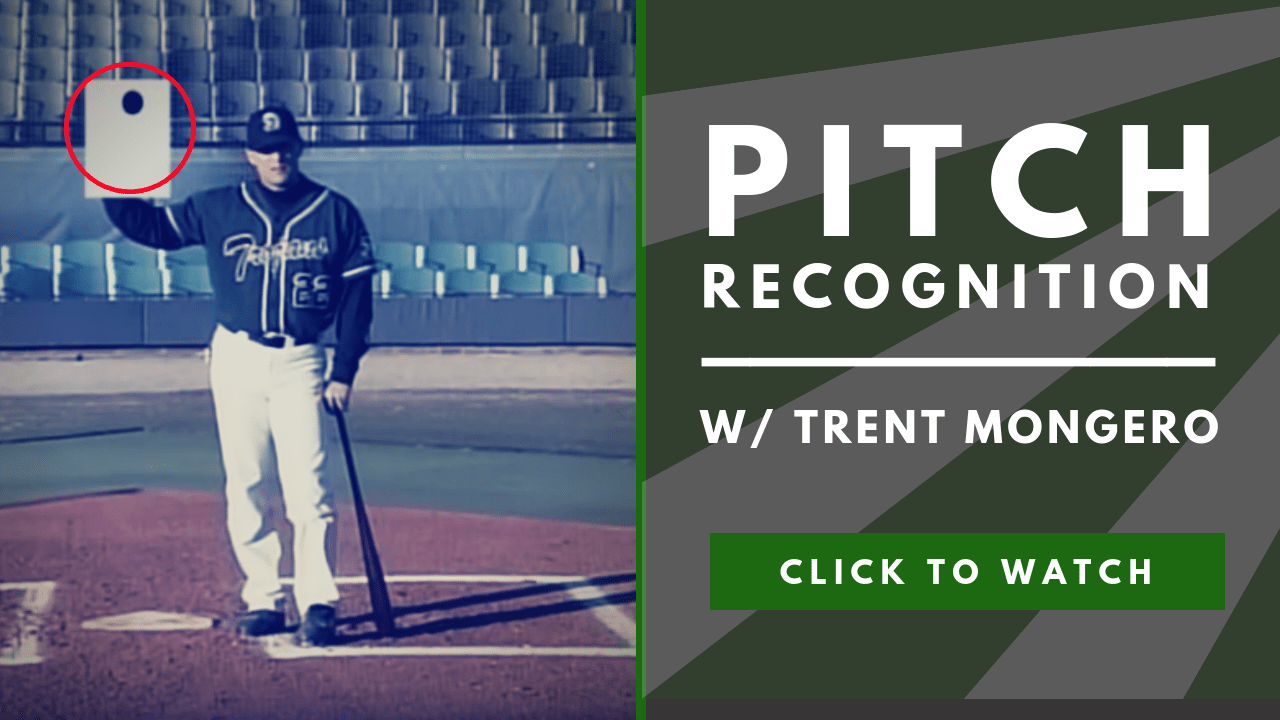 Train Your Pitch Recognition & Vision Here <<
Train Your Pitch Recognition & Vision Here <<
Occasionally at the big league level, you’ll see a pitcher getting dominated even with dominant pitches.
The pitchers on the mound pumping 98 mph with a 92 mph slider, and hitters are just TEEING off.
What gives?!!
You might be thinking, “how in the heck are they doing that”.
Well, chances are, it’s because they’re tipping pitches.
Say whuuuut?
Yup.
Lemme explain.
“Pitchers are creatures of habit.”
If you look close enough, you’ll notice a pitchers pattern, tick, or tip, that indicates what they’re thinking, feeling or executing.
Almost ALL pitchers do this.
Yeah. I said it. ALL.
Hey two-way guy reading this, I’m talking to you too.
You know who you are.
An elbow sticking out on a curveball grip, flaring of a glove on a changeup, faster wind up with the fastball.
There’s always something!
Learn to pick up these tendencies and it’ll be just another advantage.
Picking up a pitchers tendencies comes a lot easier when you discipline yourself to watch the pitcher, every pitch he makes.
Instead of looking in the stands for your girlfriend, watch the pitcher.
He’s the test, and he’ll give you the cliff notes.
>>> Train pitch recognition & vision here.

Pro & College Level Pitch Recogntion & Vision Training Sequences.
Speciality Pitch Recogntion & Vision Training Sequences.




















 Begin your Pitch Recognition & Vision Training w/ 30% off an annual membership here!
Begin your Pitch Recognition & Vision Training w/ 30% off an annual membership here! Begin your Pitch Recognition & Vision Training for
Begin your Pitch Recognition & Vision Training for 
